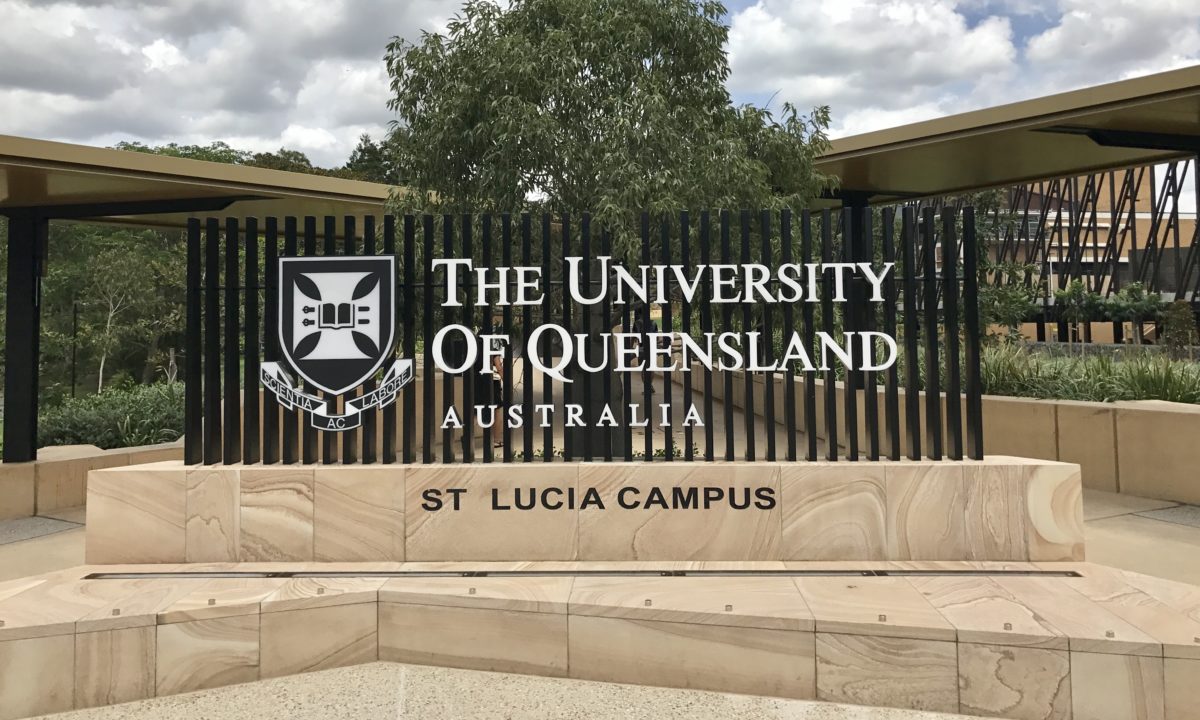Indium is one of the materials used in mainstream solar cells which could suffer a squeeze as the volume of solar capacity added worldwide continues to rise, not least because it is also used in the manufacture of laptop and smartphone screens.
Alternatives to indium-tin oxide with the necessary conductivity and transparency required for solar cell use typically struggle to compete in performance terms. Scientists at the Australian Research Council’s (Arc) Centre of Excellence in Exciton Science, however, may have developed a material that is up to the task.
“The performance of the material is excellent,” said Arc’s Eser Akinoglu of their device. “The transmission of above 90%, and high electrical conductivity, rivals the ITO [indium-tin oxide] benchmark.”
Nanosphere lithography
Working with the University of Queensland, the Arc scientists developed a process to produce nanomesh electrodes using nanosphere lithography, which involves materials being evaporated into a nanometer-scale pattern. The process enabled the group to fabricate a layered electrode consisting of a metal between two layers of dielectric material, with precise control afforded to perforation size, wire width and hole distribution, allowing the developers to engineer a durable electrode with high transmittance and low sheet resistance – which minimizes loss of voltage.
“We offered a strategy to make the shadow area of the metallic nanomesh highly transparent by integrating D/M/D [dielectric/metal/dielectric] structures to the nanomesh system,” said the University of Queensland’s Tengfei Qiu. “The simple and cost-effective nanosphere lithography technique can be applied to fabricate diverse layered-nanomesh materials.”
Transparent electrodes like those fabricated here could also be used in laptop and smartphone screens, and even in ‘smart’ windows which could shift color and transparency, the scientists said. The electrodes developed by the group are described in the paper Trilayer Nanomesh Films with Tunable Wettability as Highly Transparent, Flexible and Recyclable Electrodes, published in Advanced Functional Materials.
Popular content
In the paper, the scientists explain how they fabricated their electrodes with titanium as the dieletric material and a layer of gold at the center. Achieving a much thinner film meant costs were kept down, said the scientists, despite the rarity of the materials used. “The layered nanomesh materials can be potentially cheaper than ITO,” said Lianzhou Wang, director of the nanomaterials center at the University of Queensland. “The thickness of gold applied in these materials is less than 20nm. Normally, ITO materials have a thickness of around 100-150nm on glass and around 400nm on flexible substrate to achieve similar sheet resistance.” Wang said the same process could be used with different materials and that his group will also investigate replacing the gold with copper.
Reuse and recycle
The new electrodes, according to Arc and the University of Queensland, also demonstrated strong potential recyclability. “If you make a device like an electrochromic window, which may deteriorate in functionality after its life-span,” said Akinoglu, “you can take it apart, flush rinse the electrodes and reuse them for another device.”
Circular manufacturing
pv magazine’s next quarterly UP initiative theme will bring together – and critically investigate – circular manufacturing projects in the solar industry; ask what the future holds; and identify ways PV companies can already start effectively integrating such principles into their business models. If you‘ve been working on the topic of circular manufacturing, are involved in the circular economy or want your company to take part, let us know! Contact up@pv-magazine.com to contribute to the topic.
The group said it will focus on achieving similar results at a larger scale, with a view to commercial viability, as well as examining alternative materials. Akinoglu said current industrial roll-to-roll printing processes could be applicable to production of the new electrode films.
“There is still room for improvement for these films in terms of performance, price and mass production, That’s the direction of our efforts.” added Wang. “This work will inspire the design of transparent conductive films with novel functions such as flexibility and recyclability, providing an excellent platform for next-generation, eco-friendly optoelectronics.”
This content is protected by copyright and may not be reused. If you want to cooperate with us and would like to reuse some of our content, please contact: editors@pv-magazine.com.



By submitting this form you agree to pv magazine using your data for the purposes of publishing your comment.
Your personal data will only be disclosed or otherwise transmitted to third parties for the purposes of spam filtering or if this is necessary for technical maintenance of the website. Any other transfer to third parties will not take place unless this is justified on the basis of applicable data protection regulations or if pv magazine is legally obliged to do so.
You may revoke this consent at any time with effect for the future, in which case your personal data will be deleted immediately. Otherwise, your data will be deleted if pv magazine has processed your request or the purpose of data storage is fulfilled.
Further information on data privacy can be found in our Data Protection Policy.